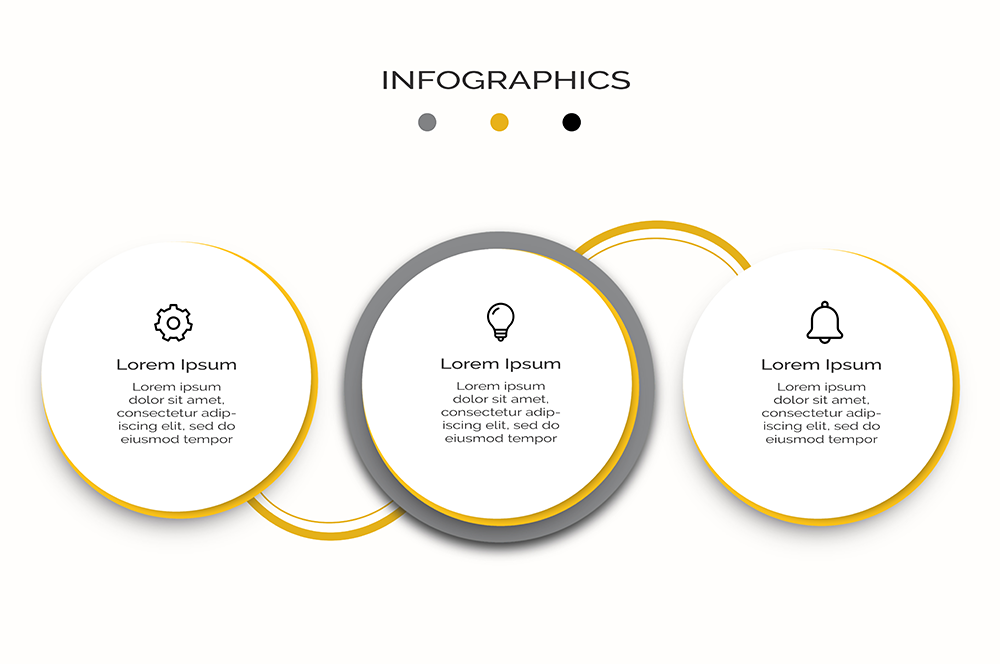
Unleashing The Power of Infographics: Visual Storytelling in Design
In today’s fast-paced digital world, where information overload is a common challenge, capturing and retaining audience attention is crucial. This is where the power of infographics truly shines. Infographics, with their blend of data visualization and compelling design. Have become an essential tool for communicating complex information quickly and effectively. In this blog post, we’ll delve into the art and science behind infographics and explore why they are such a potent form of visual storytelling in design.
Understanding the Appeal of Infographics
Infographics have a unique ability to distill complex concepts and data into digestible, visually appealing formats. By combining text, imagery, and design elements, they transform raw information into engaging narratives that captivate audiences. This visual storytelling approach not only makes information more accessible but also enhances comprehension and retention.
The Science Behind Infographics
Research shows that the human brain processes visual information significantly faster than text. Infographics leverage this innate cognitive preference by presenting data in a format that is easier for the brain to interpret and remember. Moreover, by incorporating elements such as color, hierarchy, and visual metaphors, infographics stimulate multiple senses, further reinforcing message recall.
Communicating Complexity with Clarity
One of the most powerful aspects of infographics is their ability to simplify complex ideas and data sets without sacrificing accuracy. Through strategic design choices, such as using charts, graphs, and icons, designers can distill intricate information into intuitive visual representations. This clarity not only facilitates understanding but also enables audiences to draw meaningful insights from the data presented.
Engaging Audiences Across Platforms
In an era dominated by social media and digital content consumption, infographics have emerged as a highly shareable and engaging content format. Their visually striking nature makes them ideal for capturing attention in crowded news feeds and driving user engagement. Whether shared on websites, social media platforms, or presentations, Infographics leverage have the potential to reach broad audiences and spark meaningful conversations.
Tips for Creating Compelling Infographics
- Start with a Clear Objective: Define the purpose and key message of your infographic to ensure coherence and relevance.
- Select Relevant Data: Choose data points that support your narrative and are meaningful to your target audience.
- Design for Accessibility: Ensure that your infographic is accessible to all users, including those with visual impairments, by using alt text and providing text equivalents for visual content.
- Maintain Visual Consistency: Use a cohesive color palette, typography, and design style to maintain visual harmony throughout the infographic.
- Tell a Story: Structure your infographic in a narrative format, guiding the reader through a logical flow of information from start to finish.


